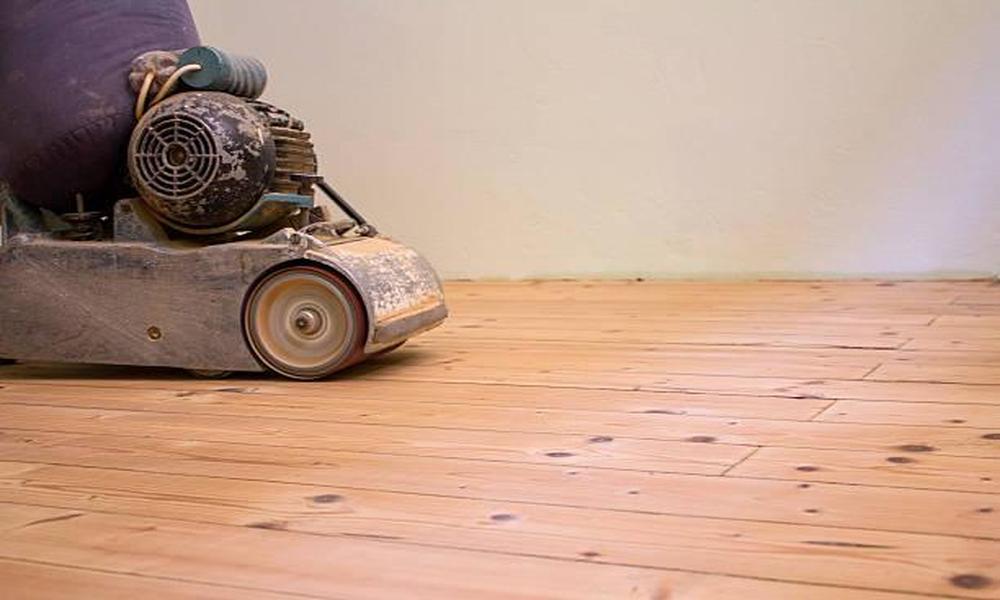
Here are some factors to consider helping you decide if your floor needs sanding or not:
Condition of the floor: If your wooden floor is in good condition with only minor scratches, dents, or stains, sanding may not be necessary. You can opt for a less invasive process such as buffing or polishing to restore its shine and smoothness.
Age of the floor: Older floors that have been subjected to years of wear and tear may require sanding to remove deep scratches, stains, and unevenness.
Type of wood: Some hardwood floors, such as maple, are harder than others and may not require sanding as often as softer woods like pine or cedar.
Desired outcome: If you want to change the color of your wooden floor or remove a previous stain, sanding is often necessary to achieve the desired outcome.
Budget: Sanding can be an expensive process, so it is essential to consider your budget before making a decision. If your floor is in good condition and only requires minor repairs, sanding may not be necessary.
The Single Most Important Thing You Need To Know About FLOOR SANDING
The single most important thing you need to know about floor sanding is that it is a process of removing the top layer of a wooden floor using abrasive materials such as sandpaper or a floor sander. This process is done to smooth out the surface of the floor, remove any imperfections, and prepare the floor for refinishing or staining.
Floor sanding is a skilled job that requires the right tools, techniques, and expertise to achieve a high-quality finish. It can be a messy and time-consuming process, but when done properly, it can transform the look of a room and add value to a property.
If you’re planning to sand your floor, it’s important to hire a professional or do your research to ensure you have the proper equipment, safety gear, and technique. Avoid cutting corners or using cheap materials, as this can lead to poor results or even damage to your floor.
Lessons About FLOOR SANDING You Need To Learn To Succeed
Preparation is key: Before you begin sanding your floors, make sure to properly prepare the space. Remove all furniture, rugs, and other items from the room, and cover any remaining fixtures or outlets to prevent them from getting damaged during the sanding process.
Choose the right sandpaper: Choosing the correct grit sandpaper is crucial to achieving a smooth and even finish on your floors. The rule of thumb is to start with coarse grit and gradually work your way up to finer grits until you achieve the desired level of smoothness.
Pay attention to the grain: Sanding along the grain of wood will produce the best results. Sanding against the grain can leave unsightly marks and scratches that will be difficult to remove.
Don’t skip grits: Skipping grits can result in an uneven finish, as each grit removes the scratches and imperfections left by the previous grit. Take your time and work through each grit progressively for the best results.
